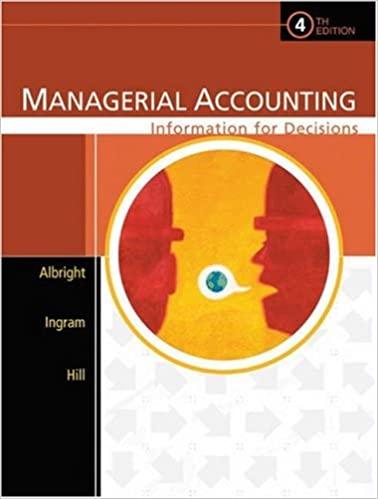Corsair Window Company manufactures custom-insulated windows and screens for residential and commercial uses. Each window is manufactured
Question:
Corsair Window Company manufactures custom-insulated windows and screens for residential and commercial uses. Each window is manufactured to specific building measurements. Corsair utilizes a JIT approach to manufacturing and plans each production run so that it can be shipped as soon as it is completed. Shipping dates are very important to Corsair, as most sales contracts contain a monetary penalty for late delivery.
All windows pass through a finishing station. At this station, hardware is installed, screens are attached, and an inspection is performed to ensure the windows meet specifications. The company has only one finishing station in its plant. Managers have long talked about adding a second finishing station. However, a second station is not warranted because the amount of processing time is so small. On average, a window is in the finishing station for 15 minutes, which is the least amount of time a window spends in any single process.
Recently, a large shipment of windows was not delivered on time, and the company incurred a significant penalty. After review of the manufacturing logs for these windows, it was determined that the shipment was late because all 48 windows in the order were delivered to the finishing station on the afternoon the windows were to be shipped. In addition, several of the windows had to be returned to other stations in the plant for minor rework and adjustments.
\section*{Required}
A. How does the finishing station impose a constraint on production?
B. How does the finishing station constraint affect the utilization of other workstations and the amount of work in process in the other areas of production?
C. Should the inspection process be placed ahead of the finishing station? Where should the inspection process occur? Explain your answer.
Step by Step Answer:

Managerial Accounting Information For Decisions
ISBN: 9780324222432
4th Edition
Authors: Thomas L. Albright , Robert W. Ingram, John S. Hill





